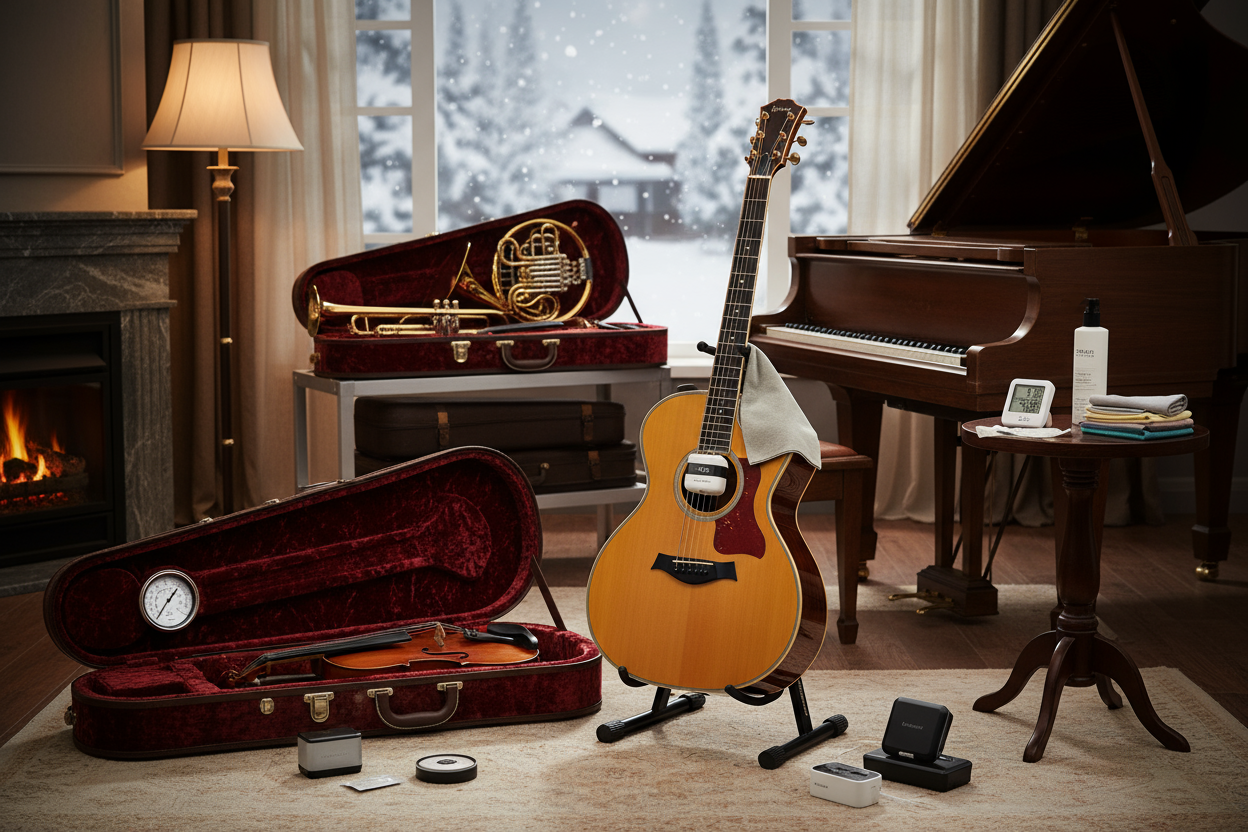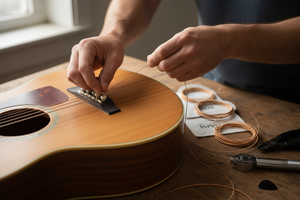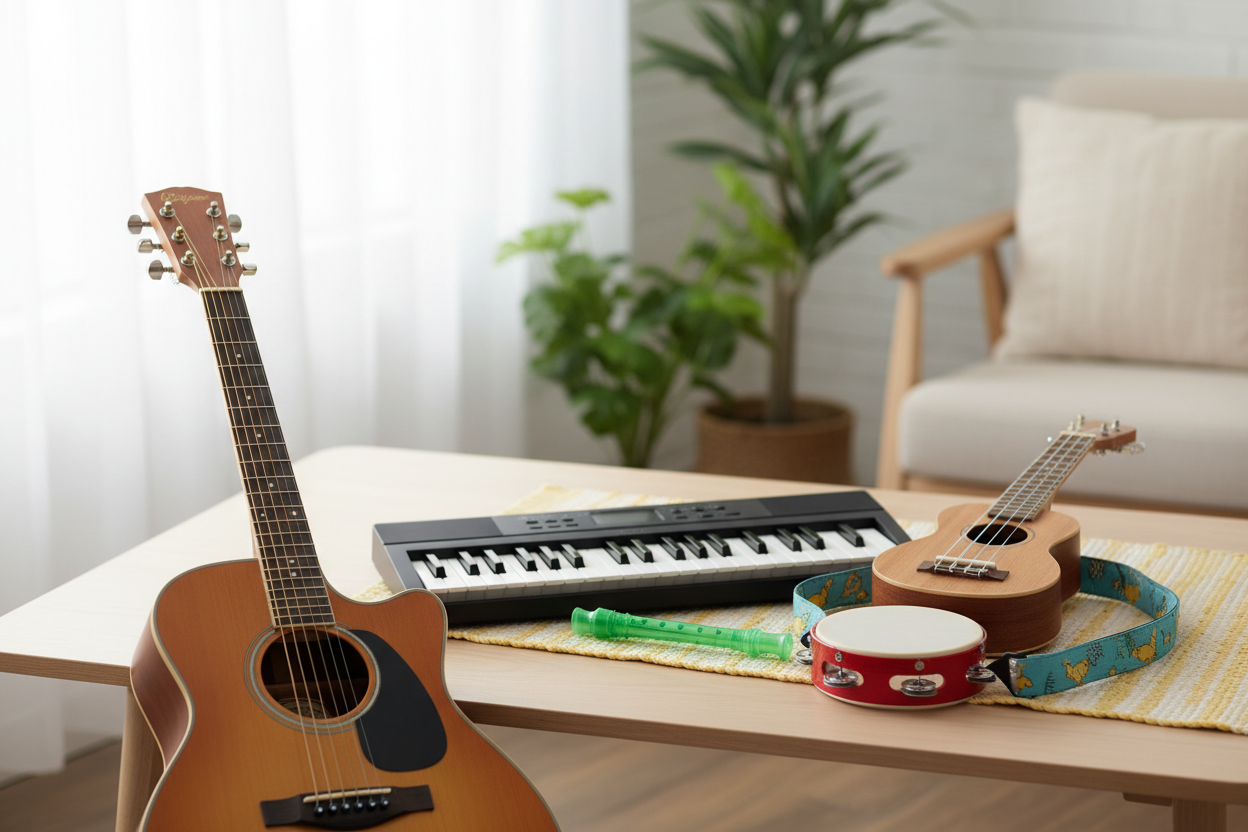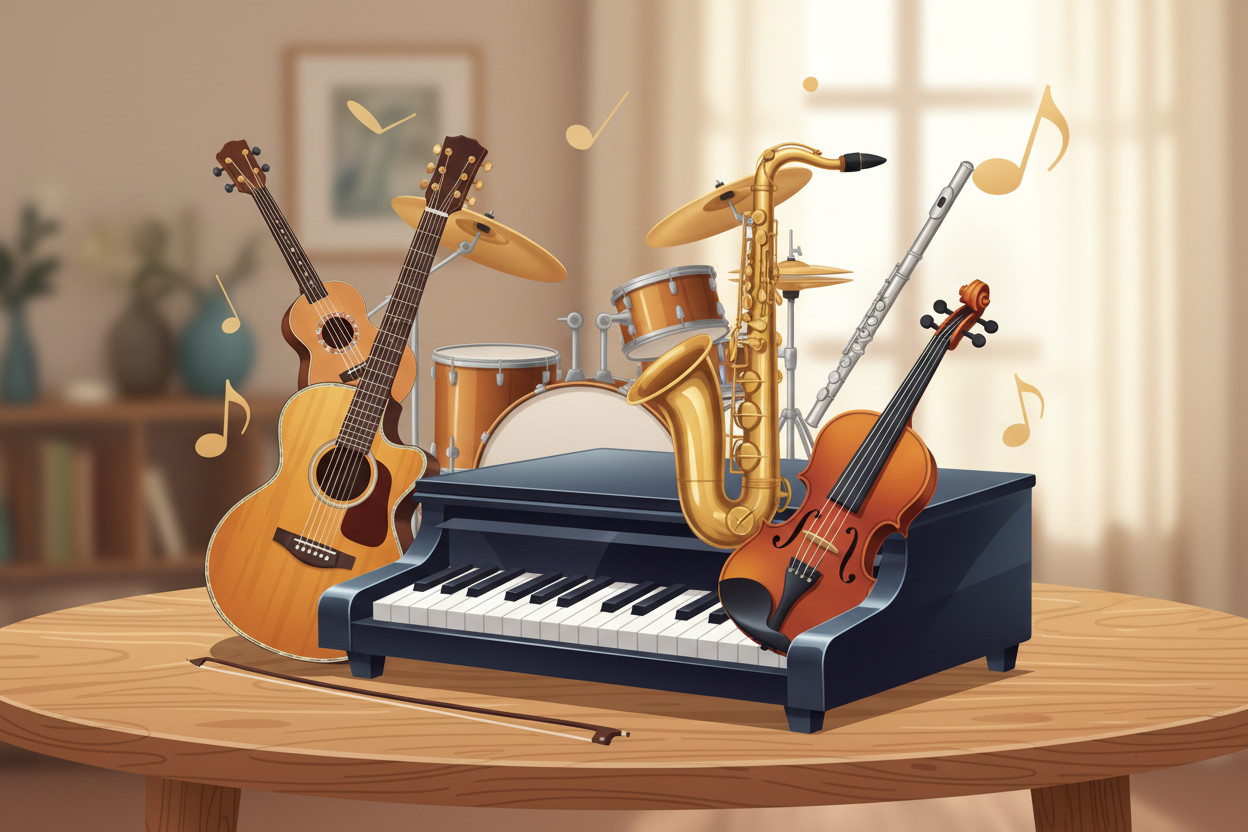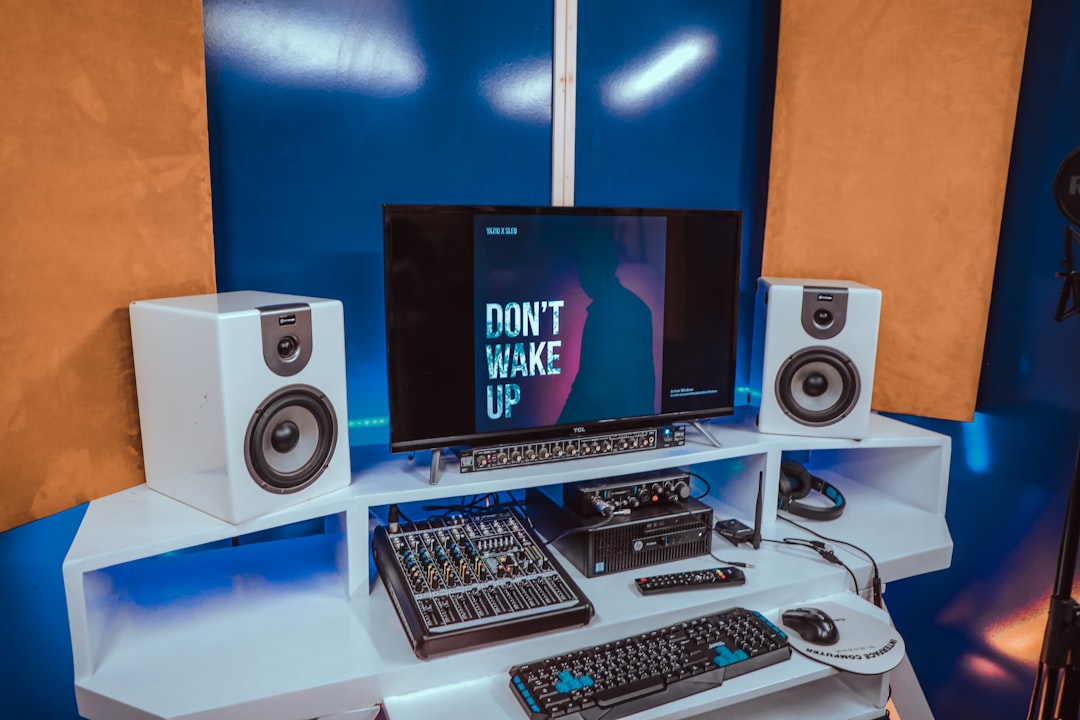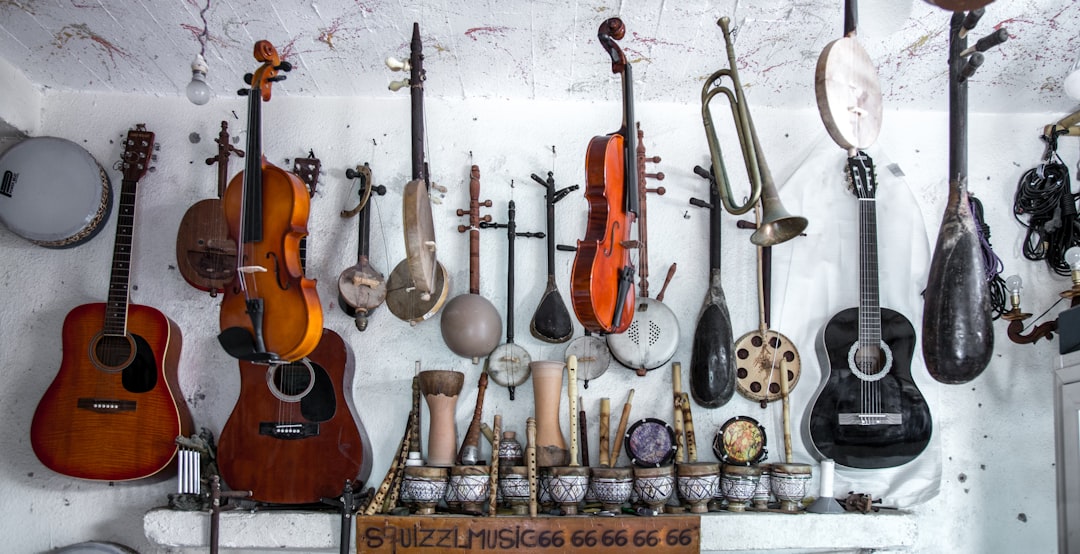Learn expert strategies to protect your musical instruments from weather damage and discover essential seasonal personal protective equipment (PPE) for outdoor workers to maintain safety and comfort year-round.
Protecting Musical Instruments & PPE for Outdoor Workers
Key Takeaways
- Monitor and maintain relative humidity between 40–60% using hygrometers and two-way humidifiers to prevent wood damage.
- Use insulated, airtight cases and thermal covers to protect instruments from temperature fluctuations and moisture.
- Allow gradual acclimation of instruments to temperature changes, especially during winter travel.
- Select PPE certified to EN 342 (cold protection) and EN 13758-2 (UV protection) standards for seasonal outdoor work safety.
- Consider instrument insurance to guard against environmental damage, loss, or theft.
Table of Contents
- 1. Why Instrument Protection Against Weather Matters
- 2. Smart Humidity Management for Instruments
- 3. Best Practices for Temperature Stability and Instrument Insulation
- 4. Winter Travel Tips for Musicians
- 5. Instrument Insurance: Protect Your Investment
- 6. Personal Protective Equipment (PPE) for Outdoor Workers
- 7. Summary: Integrated Approach Year-Round
1. Why Instrument Protection Against Weather Matters
Musical instruments, particularly wooden and stringed types, are highly sensitive to environmental changes. Fluctuations in humidity and temperature often cause warping, cracking, or tuning instability, which detracts from sound quality and playability. These issues become especially prevalent when relative humidity dips below 40%, such as during winter heating season.
- Cracks and warping due to dry air or sudden temperature swings
- Loose tuning pegs and altered tonal characteristics
- Open seams or failing glue joints from wood expansion or contraction
- Condensation inside cases, risking finish and hardware corrosion
2. Smart Humidity Management for Instruments
A stable moisture environment is critical to instrument health. Here’s how to maintain it:
- Install a reliable hygrometer inside your instrument case to monitor humidity.
- Keep relative humidity in the 40–60% range for optimal condition.
- Use two-way humidifiers that both release and absorb moisture to maintain balance.
- For wind instruments, deploy gel-pack or vapor case humidifiers that won’t leak.
- Acoustic string instruments benefit from sound hole humidifiers to regulate internal moisture.
Consistent tracking lets you adjust humidification preemptively—especially critical when indoor air is dry.
Explore airtight, humidity-regulated options like the HumidiPro Cases & Covers to maintain ideal conditions.
3. Best Practices for Temperature Stability and Instrument Insulation
Temperature swings can lead to thermal shock—causing cracks or peeling finishes. Protect instruments by:
- Using airtight cases with insulating foam or hardwood interiors.
- Adding thermal covers such as those from HumidiPro or Hiscox.
- Avoiding storage in unheated spaces or vehicle trunks in cold periods.
- Allowing your instrument to acclimate gradually before playing or tuning after temperature changes.
For enhanced protection, brands like Hiscox, WolfPak, and Protec Cases provide rugged hard-shells with moisture barriers and shock absorption. Custom case solutions ensure a perfect fit and maximum defense.
4. Winter Travel Tips for Musicians
Traveling in cold weather requires extra caution to guard against sudden temperature shifts and moisture issues:
- Arrange a pre-trip inspection or tune-up to identify possible concerns.
- Include silica gel packs inside the case to absorb excess moisture from temperature variations.
- Always travel with winter-rated or thermal-insulated cases designed for cold climates.
- On arrival, allow instruments to warm gradually to room temperature before handling.
- Avoid leaving instruments in vehicles overnight or exposed to freezing temperatures.
- Consider high-quality insulated travel bags with thermal protection and storage options.
5. Instrument Insurance: Protect Your Investment
Despite best efforts, accidents and environmental damage can happen. Insuring your instruments provides peace of mind by:
- Covering damage, loss, or theft, including from climate-related incidents.
- Protecting the value of expensive, specialty, or sentimental pieces.
- Offering tailored coverage for travel risks including airport and vehicle exposure.
- Allowing you to customize policies based on your performance and travel profile.
6. Personal Protective Equipment (PPE) for Outdoor Workers
Outdoor workers face extreme weather challenges and require appropriate PPE for safety and comfort throughout the seasons.
Winter PPE: Staying Warm and Protected
- Adopt a three-layer clothing system: moisture-wicking base, insulated mid-layer, and windproof/waterproof outer shell.
- Use thermal gloves, socks, and hats to protect extremities from frostbite.
- Wear high-visibility clothing for enhanced safety around vehicles and heavy equipment.
- Select PPE certified under the EN 342 standard for thermal insulation.
Summer PPE: Defending Against Heat and UV Rays
- Choose lightweight, breathable fabrics with moisture-wicking and ventilation features to stay cool.
- Wear clothing rated to the EN 13758-2 standard for reliable UV protection.
- Select gloves and headwear that protect against heat while allowing dexterity and comfort.
7. Summary: Integrated Approach to Protecting Instruments and Workers Year-Round
Whether you’re safeguarding valuable musical instruments or protecting outdoor workers, a proactive, season-specific strategy pays off:
- Maintain optimal humidity and temperature controls to preserve instrument health and tone.
- Use durable and insulated carrying cases and covers to minimize weather exposure.
- Incorporate gradual acclimation steps before handling instruments exposed to temperature changes.
- Select and use certified PPE designed for seasonal environments to ensure worker safety and compliance.
- Consider insurance to protect against unexpected climate-related incidents.
Adopting these methods empowers you to face year-round challenges while keeping your music and workforce safe and performing at their best.
For trusted products and further expert guidance, visit Emusicmart’s Musical Instruments section.
FAQ
Q: What humidity level is best to store wooden instruments?
Maintain relative humidity between 40–60% to prevent wood from drying out or swelling, which can cause warping and cracks.
Q: How can I prevent condensation inside my instrument case?
Use silica gel packs to absorb excess moisture and store instruments in insulated cases away from sudden temperature changes.
Q: Why is PPE certification important for outdoor workers?
Certified PPE ensures the gear meets regulatory standards for protection against cold, heat, and UV exposure, keeping workers safe and compliant.
Q: When traveling in winter, how long should I wait before playing my instrument?
Allow your instrument to warm gradually to room temperature before opening the case or tuning; this may take 30 minutes to an hour depending on conditions.
Q: Is instrument insurance necessary if I already take good care of my gear?
Yes. Insurance provides a safety net against unforeseen accidents, loss, or weather-related damage beyond normal care practices.

